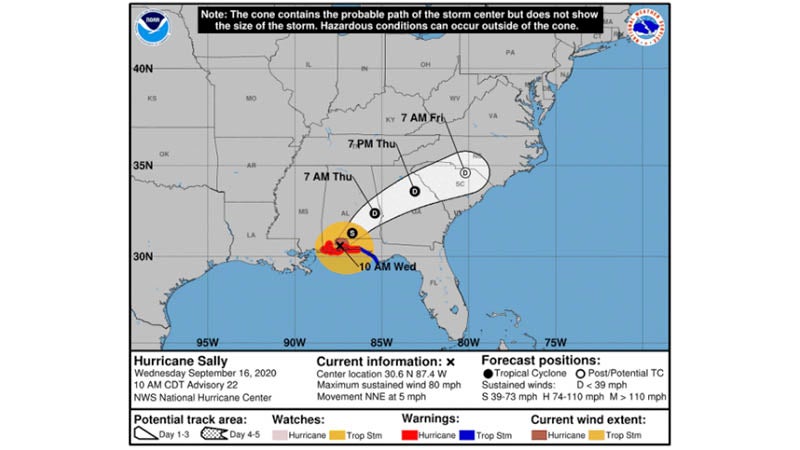Endangered snakes are returned to forest
Published 12:00 am Thursday, June 17, 2010
Wednesday marked the first time in more than 50 years an Eastern Indigo snake could be found in the Conecuh National Forest, as 18 juvenile snakes were released into the wild.
Described as a “re-population” move, the release was just one part of a multi-year project, and the beginning of what Alabama Division of Wildlife and Freshwater Fisheries biologists hope will be a new start for the snakes’ survival in the state, said Mark Sasser, biologist with the Alabama Wildlife and Freshwater Fisheries.
“Historically, the Eastern indigo snake lived throughout Florida, the coastal plain of southern Georgia, extreme south Alabama and extreme southeast Mississippi,” Sasser said. “Today the indigo snake survives in peninsular Florida and southeast Georgia, and persists in the Florida panhandle in low numbers. In all likelihood, it has been extirpated from Alabama and Mississippi.”
The slow population by humans in the area, as well as timber harvesting, is credited with the snakes’ demise. The last known sighting of the snake in the wild locally was in 1954, just north of Florala.
In 1978, the lustrous, glossy, blue-black, non-venomous snake was listed as “threatened” by the U.S. Fish and Wildlife Service under the Endangered Species Act. The Eastern Indigo snake is the longest snake in North American, reaching up to 8 ½ feet long and weighing up to 11 pounds.
It feeds mainly on other snakes and other small wildlife.
Wednesday, a crowd of more than 50 watched as 18 snakes – nine in fenced habitats and nine in the wild – were released.
The group consisted of representatives of the countless agencies and organizations that made the project possible – U.S. and state Wildlife and Freshwater Fisheries; the Alabama and Georgia departments of Natural Resources; the U.S. Forest Service, Auburn University; Zoo Atlanta; Project Orianne and Ft. Stewart Army Base.
“Some may wonder why it’s important to increase this snake’s population,” said Dr. Jim Godwin, zoologist with the Alabama Natural Heritage Program. “Well, a healthy population of Eastern indigo snakes in a longleaf pine forest setting is an indication of an ecologically functional forest.
“The loss of this snake from Alabama and other areas is the loss of a significant part of the biodiversity of the forest,” he said.
“To return the Eastern indigo snake to the south Alabama landscape is to restore a piece of the natural history of the state.”
The longleaf pine habitat found in the Conecuh National Forest is ideal for the snakes, Godwin said. Snakes were captured in Georgia, bred in Alabama and later returned to the wild.
The 18 snakes released Wednesday were hatched inside a lab in 2008.
Each was implanted with a passive integrated transponder, or PIT tag, for permanent identification and tracking, all of which will be monitored by Auburn University to determine which habitat is better suited for the species survival.
“We won’t know for a few years whether or not the population is viable,” Godwin said.
“ But I can say this (the Conecuh) is a perfect place to give it a try.”





